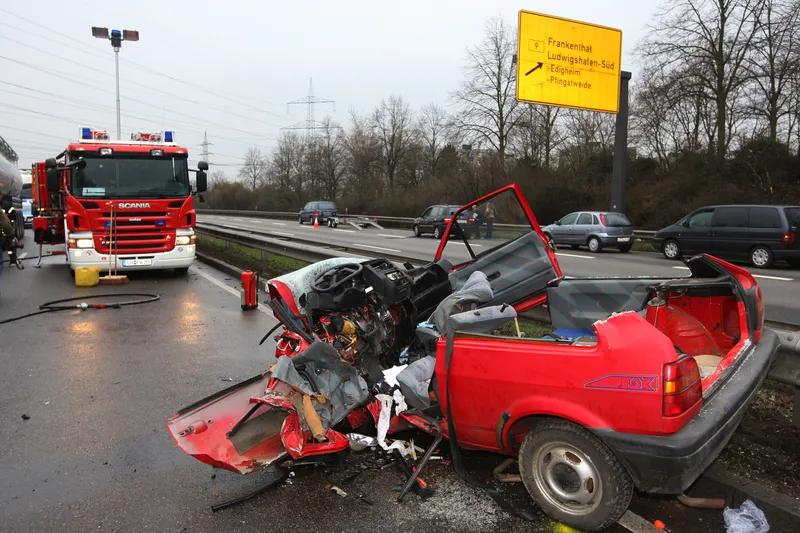Evaluation of the crash effects of section control, or average speed enforcement, carried out at 14 sites in Norway has found a reduction of the number of injury crashes by between 12 and 22 per cent and a statistically significant reduction of the number of killed or severely injured road users (KSI) by between 49 and 54 per cent.
Each section control site consists of a stretch or road between two speed cameras (four speed cameras at sites with bidirectional section control), both of which take pictures
November 4, 2014
Read time: 3 mins
Evaluation of the crash effects of section control, or average speed enforcement, carried out at 14 sites in Norway has found a reduction of the number of injury crashes by between 12 and 22 per cent and a statistically significant reduction of the number of killed or severely injured road users (KSI) by between 49 and 54 per cent.
Each section control site consists of a stretch or road between two speed cameras (four speed cameras at sites with bidirectional section control), both of which take pictures of all passing vehicles in one direction with automatic licence plate recognition. Average speed is calculated from the times at which the first and second camera is passed. Drivers of vehicles with an average speed above the speed limit may be prosecuted.
The study has taken account of trend, volumes, speed limit changes at some of the sites, speed cameras at some of the sites in the before period, and regression to the mean (RTM). Regression to the mean is controlled for by using the empirical Bayes method which takes into account that exceptionally high crash numbers in the before period usually are associated with a reduction of the number of crashes in the after period, even without any effective safety measure. Most sites have an 80 km/h speed limit.
Eight of the sites are in tunnels; seven of these are subsea tunnels. The results indicate that the crash reduction in tunnels is at least of the same magnitude as on open roads. Most tunnel sites have section control in only one direction. These are for the most part steep downhill sections in subsea tunnels. At such sites the number of injury crashes may be reduced by up to 25 per cent and the number of KSI may be reduced by up to 59 per cent.
The effects of average speed enforcement on stretches of road 3 kilometres downstream of the section control sites were evaluated using the same methods as at the section control sites. Injury crashes were found to be significantly reduced by 46 per cent. The number of KSI downstream of the section control sites is too small to draw any conclusions.
The study was carried out by the Institute of Transport Economics (TOI) at the Norwegian Center for Transport Research and funded by the Norwegian Public Roads Administration.
Each section control site consists of a stretch or road between two speed cameras (four speed cameras at sites with bidirectional section control), both of which take pictures of all passing vehicles in one direction with automatic licence plate recognition. Average speed is calculated from the times at which the first and second camera is passed. Drivers of vehicles with an average speed above the speed limit may be prosecuted.
The study has taken account of trend, volumes, speed limit changes at some of the sites, speed cameras at some of the sites in the before period, and regression to the mean (RTM). Regression to the mean is controlled for by using the empirical Bayes method which takes into account that exceptionally high crash numbers in the before period usually are associated with a reduction of the number of crashes in the after period, even without any effective safety measure. Most sites have an 80 km/h speed limit.
Eight of the sites are in tunnels; seven of these are subsea tunnels. The results indicate that the crash reduction in tunnels is at least of the same magnitude as on open roads. Most tunnel sites have section control in only one direction. These are for the most part steep downhill sections in subsea tunnels. At such sites the number of injury crashes may be reduced by up to 25 per cent and the number of KSI may be reduced by up to 59 per cent.
The effects of average speed enforcement on stretches of road 3 kilometres downstream of the section control sites were evaluated using the same methods as at the section control sites. Injury crashes were found to be significantly reduced by 46 per cent. The number of KSI downstream of the section control sites is too small to draw any conclusions.
The study was carried out by the Institute of Transport Economics (TOI) at the Norwegian Center for Transport Research and funded by the Norwegian Public Roads Administration.








